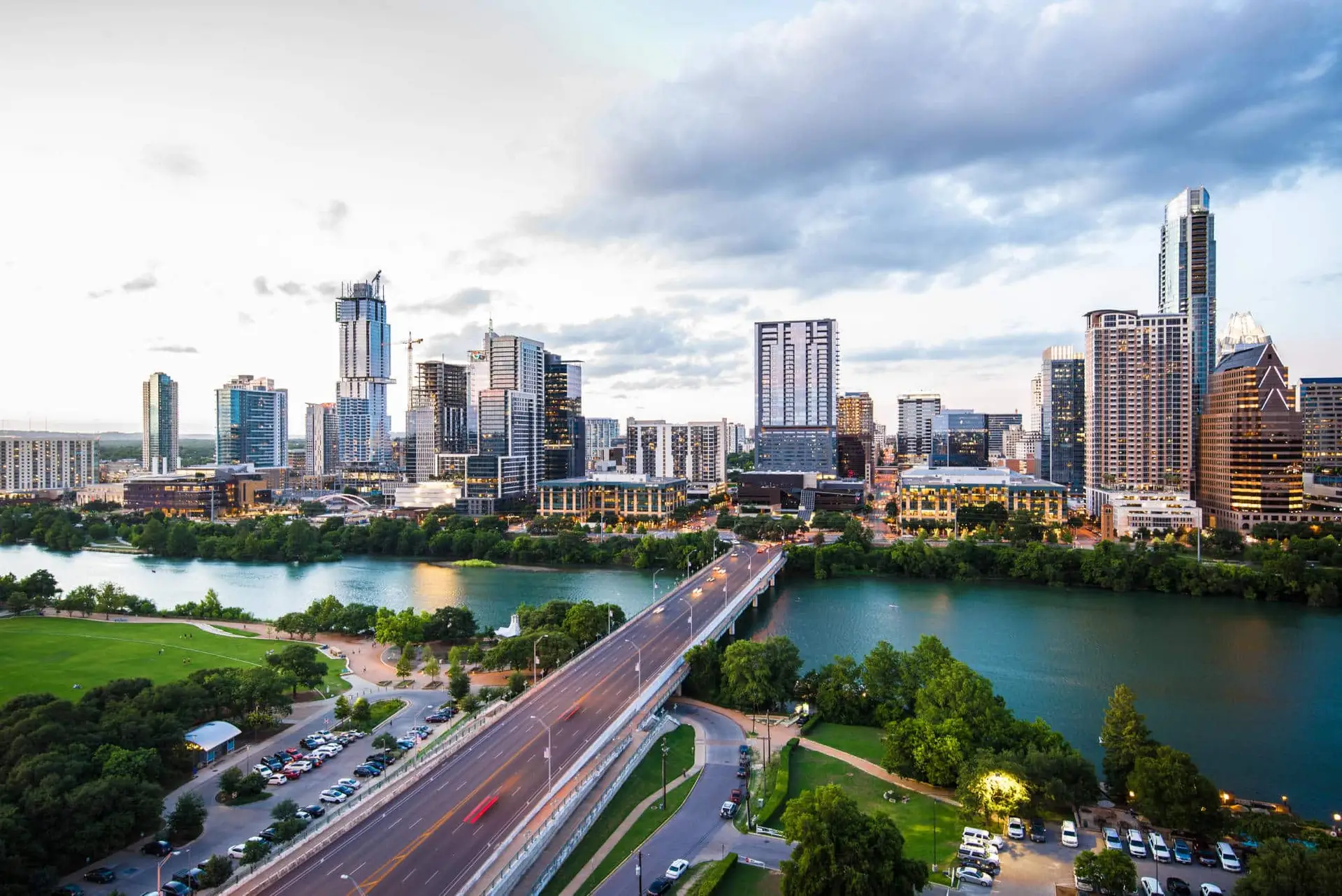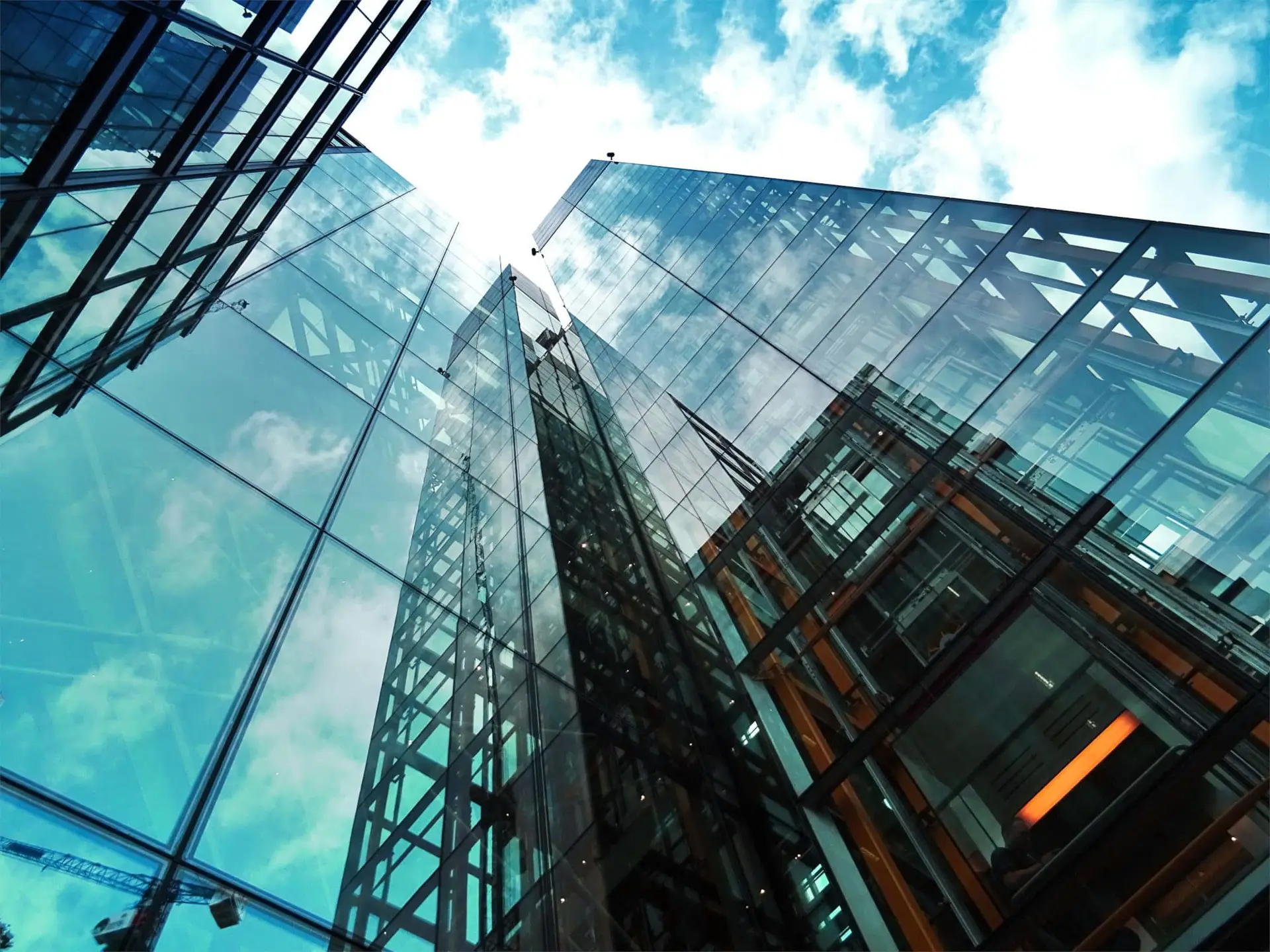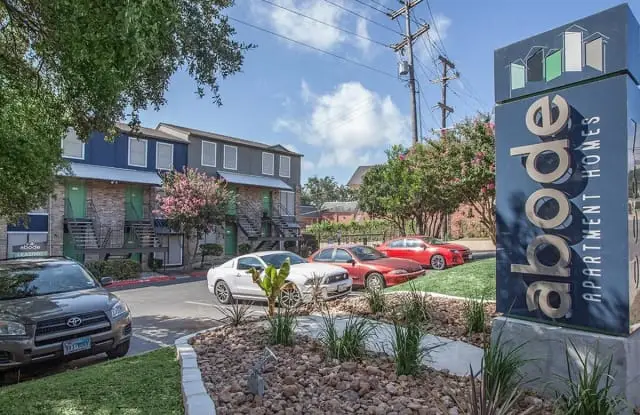Regardless of which growth projection you look at, almost every statistician agrees on one thing: the world’s population growth isn’t slowing down anytime soon. According to the United Nations World Population Prospects, we’re adding about 83 million humans to the planet each year.
As countries continue to balloon under this growth, their major cities will continue to push up and out, absorbing smaller towns around them and assimilating them into their fold. This isn’t too big of a deal for existing major metros with surrounding suburbs – after all, many suburbs already consider themselves part of their city’s “Greater City Area” and share resources, services, and people. They’re already part of their city in all but name.
But what happens when two fully independent and fast growing metropolitan areas have their path of growth’s pointed at each other? Such was the case, of course, with Dallas and Fort Worth. Now well known as “DFW”, this metroplex was birthed as Fort Worth grew east and Dallas grew west over the years, clashing in an epic, years-long war over the battlefield that is Arlington, the city caught in between.
The outcome was as most would expect – the cities began to combine first physically, then spiritually. As the urban sprawl crept together, citizens began to classify themselves not necessarily as citizens of one or the other, but of DFW.
To Be or Not To Be
As we look out into the future, the predictions of these scenarios for other markets are hotly debated. One such potential merging is Austin-San Antonio, none too far from the already hyphenated DFW and with similar, but different factors that may or may not lead it down a similar path.
First, let’s talk population growth. Austin-San Antonio, if it is to be, certainly has the growth for it. San Antonio and Austin both rank in the top 6 for the largest numerical increase in population from July 2017 to July 2018, with San Antonio ranking 2nd and Austin ranking 6th. This trend has continued into 2019 and beyond, with the Texas Water Development Board projecting a total 5.71 million residents occupying the Austin-San Antonio corridor, up from 4.27 million in 2014. That’s about a million and a half people, an increase that alone is bigger than most cities entire headcount.
So the growth is no question. As studies have continued to show, people are preferring city living from suburban life in America increasingly year over year, so these new Austin-San Antonio residents will likely want to push downtown-bound. But with limited supply, the natural demand cycle will undoubtedly cause developers to capitalize on the opportunity, progressively and modularly building up the available outer edges of either city towards each other, up and down the I-35 interstate that binds them.
However, growth alone isn’t enough to earn you a hyphen, and there are many who disagree that merging is an eventuality at all. Steve Murdock, a demographics professor from Rice University, is one such person. “Although the area between them is growing together, they do not have the history of linkage that characterizes Dallas and Fort Worth,” says Murdock.
And history aside, physical geography separates Austin-San Antonio by quite a bit more than Dallas and Fort Worth – roughly 80 miles to Dallas-Fort Worth’s 33. That’s more than a stones throw away.
Austin-San Antonio: Synergy or Anarchy?
If Austin-San Antonio comes to be, the bigger question becomes: is that beneficial?
Most would agree that it is. Mayor Taylor of San Antonio notes “It’s no longer ‘San Antonio vs. Austin’ but ‘San Antonio and Austin’. Our region is globally competitive to a greater degree than either city alone.” This reflects a sentiment shared by many who envision a bright future for the commerce of the south Texas cities.
Economies of scale would surely occur across a number of regional industries as transit between the corridor becomes easier for shoppers and suppliers alike. A light rail between the two cities is already back on the table, and would act as another bond bringing the metro closer. Geographic scale tends to have a multiplicative effect on industries like tourism especially, as a combined metro area would draw in more visitors than the sum of either separately.
Of the potential downsides to merging, history and cultural significance come to mind. As metroplexes like Austin-San Antonio come into being, the increase in population and businesses that this entails will invariably lead to increased density and a modern skyline overtaking a city’s traditional feel. Cities like San Antonio and Austin, with rich rural histories, can find themselves losing a bit of their original character.
But, as they say, that’s just how it goes.






